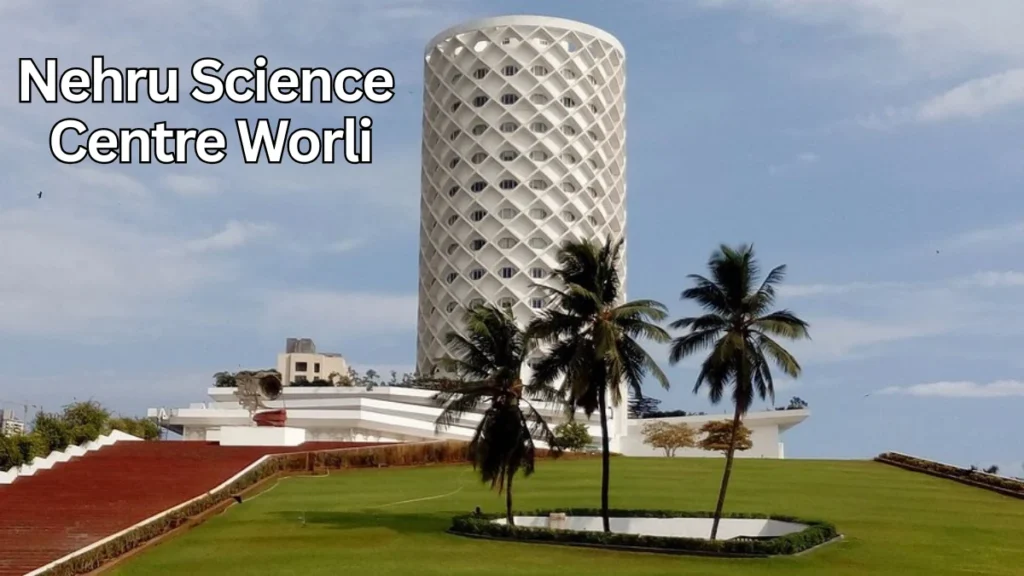India may not have enough electric vehicles but it has found a way towards mass electrification through ‘swap batteries’. Swap batteries are solutions for electric vehicles in which the empty batteries can be replaced by the charged ones.
China, which is the world’s largest electric vehicle market, is still finding the solution and it is in the developing stage secured under the strong government policy. The swap batteries can help India’s aim to reduce vehicle emissions and also to boost the electric vehicle market.
Battery swapping stations are the most visited sites at the local stores and retail outlets in India. Also, the government has proposed an EV battery swapping policy in recent months to support the adoption and supply of batteries. The government is also searching sites for new stations for swapping and charging along the highways.
Enthusiastic Indian startups are also contributing to boosting the EV market. A technology platform, Sheru allows electric auto rickshaw drivers to swap batteries at retail outlets and pay using the app. The startup is working with stakeholders across the energy storage value chain. On the other hand, Battery Smart, another ambitious Indian startup that raised $25 million in a funding round led by Tiger Global, is now focused on building a swapping network and working with domestic battery manufacturers. Another startup, Sun Mobility is partnering with Amazon India in Mumbai, the finance capital of India to put swapping stations in its warehouses.
Although, the idea is promising as the Indian EV market is full of two and three-wheelers which are simpler to charge and swap out smaller power packs. It will reduce the cost of travel sharply for users and increase energy efficiency. The smaller Vehicles are also responsible for a significant share of the emission. This can become a model to check the emission and pollution and will set an example for the world struggling to meet its green promises.
A progressive step is taken by drafting a policy regarding electric vehicles. The policy is needed to be supported by the state government and funds and should be implemented in smaller, denser, and more polluted second and third-tier cities. The officials need to get more interested in details on the types of batteries to maintain quality, insurance for the safety of drivers and manufacturers, and providing better tax incentives for increasingly costly power packs. Further, state-owned enterprises also need to be included in the policy.
The long-term goal, as well as challenge for India, will be whether the swap batteries can be effectively used for cars when the mass electrification reaches the four-wheelers category.
Even the world’s most renowned company Tesla tried to swap batteries but stopped the project after setting up only one station. Renault-Nissan alliance also attempted the same by agreeing to the manufacture of 100,000 EVs but discontinued the venture that developed and sold battery charging and switching stations. The company launched its very first station in Israel in 2011 and after two years it filed bankruptcy as it was expensive and batteries needed to be common to drive utility.
In China, Nio Inc has made a significant investment in setting up the stations. The company has set up over 960 battery swapping stations in 197 cities across the country in the first quarter. But the company is facing losses due to rising expenses and depreciation. Nio is expecting more losses on swap stations to increase.
So, it is a question and more of a warning for India whether it will be able to use the swap batteries stations for the four-wheelers in the long run. Battery swapping is a great measure to check pollution and clean power generation. In addition, there are possibility batteries will get better eventually and the charging time will decrease and the range will increase. And it will decrease the need for swapping.
- Pragati Maidan Delhi – India’s Premier Event & Exhibition Destinationby Editor
- Nehru Science Centre Worli: India’s Leading Interactive Science Museumby Editor
- Global Potato Summit 2025: Complete Guide (Dates, Venue, Agenda, Exhibitors)by Editor
- How Potato Exporters Can Benefit from Global Potato Summit 2025by Editor











